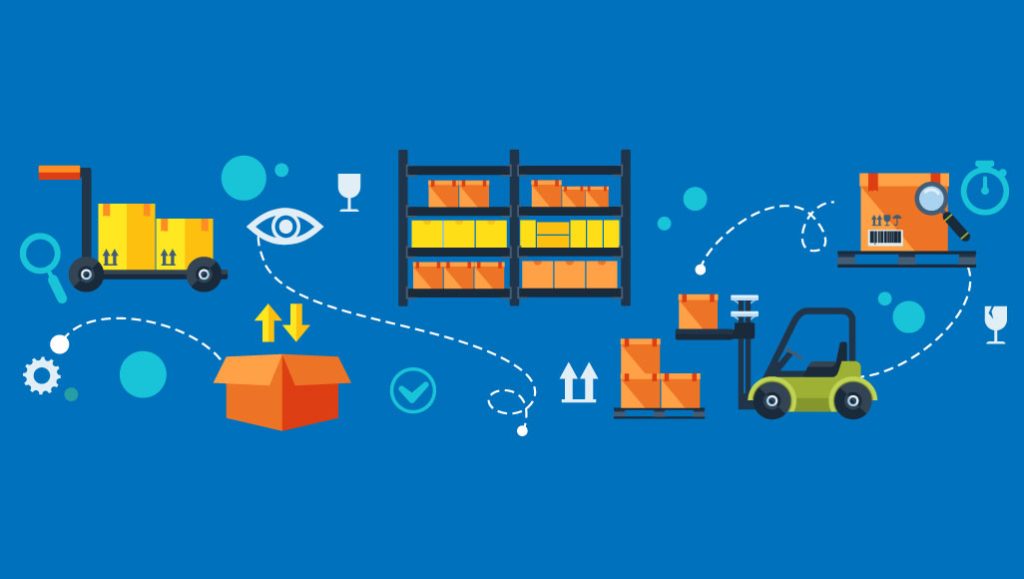When it comes to tax reduction, choosing the right inventory costing method for your ecommerce business can have a significant impact on a business’s tax liability. The way that a business calculates and values its inventory directly affects its taxable income, and ultimately the amount of taxes it owes. There are four methods that CPG businesses can use to account for inventory, and the one they choose can significantly impact their COGS deduction and overall tax liability.
First-in-First-Out (FIFO)
This method assumes that the inventory sold is the items that were purchased first, regardless of their actual purchase date or price. This method can be beneficial for taxpayers in situations where costs of inventory were higher on the first items produced/purchased and lower on later items produced/purchased.
Last-in-First-Out (LIFO)
This method assumes that the inventory sold is the items that were purchased last, regardless of their actual purchase date or price. This method can be beneficial for taxpayers in situations where costs of inventory were higher on the last items produced/purchased and lower on earlier items produced/purchased.
Weighted Average Cost
This methodology calculates the average cost of inventory throughout the year and assumes that each piece of inventory sold is at that weighted average cost. This method is generally tax-neutral across the board but would be more favorable in a declining cost environment for First-in-First-Out (FIFO) and in a rising cost environment for Last-in-First Out (LIFO).
Specific Identification Method
This method allows a business to specifically identify the cost of each asset it has purchased. This method is the most accurate but is generally not feasible for any e-commerce shop that has hit scale. First-in-First Out (FIFO) would be more favorable in a declining cost environment, and Last-in-First Out (LIFO) would be more favorable in a rising cost environment.
Choosing the correct inventory costing method for tax reduction is crucial for businesses as it can help to minimize their tax burden and increase profitability. Overall, ecommerce businesses should carefully consider the pros and cons of each inventory method and choose the one that best suits their needs.

